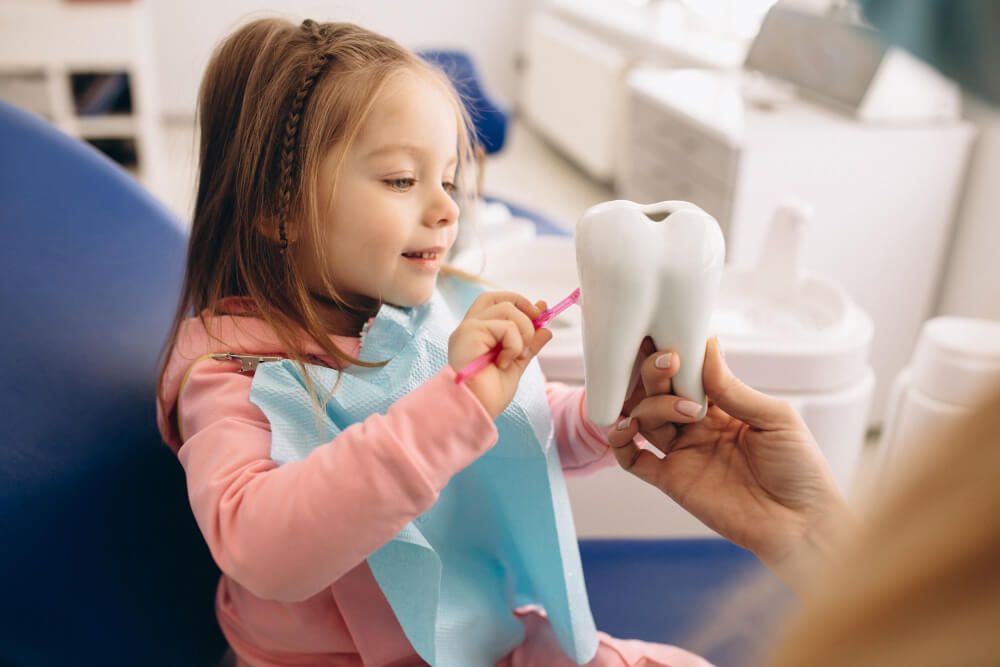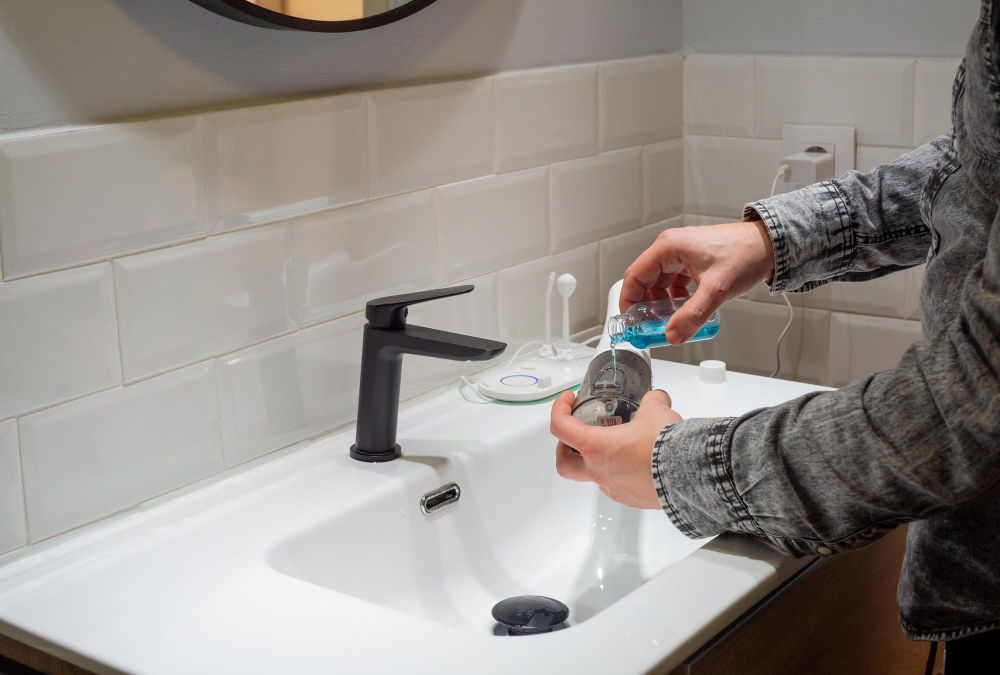The Ultimate Guide to Cavity Filling
The Ultimate Guide to Cavity Filling

Cavity filling is a common dental procedure that can save your smile and oral health. If you're curious about what cavity filling entails, you've come to the right place. In this guide, we will delve into the world of cavity filling, covering the procedure, benefits, and answering some frequently asked questions. So, let's explore how this simple but crucial dental treatment can make a big difference in your life.
Cavity Filling: What Is It?
Cavity filling, also known as dental filling, is a dental procedure used to treat cavities or dental caries. Cavities are tiny holes that develop in the enamel (outer layer) of your teeth due to bacterial activity and poor oral hygiene. These cavities can lead to toothaches, sensitivity, and more severe dental issues if left untreated.
The Importance of Cavity Filling
Cavity filling is essential for several reasons:
1. Preserving Tooth Structure
Cavity filling helps preserve your natural tooth structure. By removing decayed material and filling the cavity, your dentist ensures that the tooth remains intact and functional.
2. Relieving Pain
Cavities can cause excruciating pain and discomfort. Filling the cavity can relieve this pain and prevent further damage.
3. Preventing Infections
Untreated cavities can lead to infections that may require more invasive procedures. Cavity filling helps prevent such infections.
4. Enhancing Oral Health
Maintaining good oral health is crucial for overall well-being. Cavity filling is a step towards a healthier mouth.
The Cavity Filling Procedure
1. Diagnosis
The first step in cavity filling is diagnosing the cavity's location and size using X-rays and a physical examination.
2. Numbing
To ensure a painless procedure, your dentist will numb the area around the affected tooth using local anesthesia.
3. Removal of Decay
Once numb, the dentist removes the decayed portion of the tooth using a drill or laser.
4. Cleaning and Shaping
After removal, the dentist cleans the area thoroughly and shapes it to prepare for filling.
5. Filling the Cavity
The dentist then fills the cleaned cavity with a suitable material, such as amalgam or composite resin.
6. Polishing
The filled cavity is polished to ensure a smooth surface and natural appearance.
Types of Cavity Fillings
Amalgam Fillings
Amalgam fillings are made of a mixture of metals and are known for their durability.
Composite Fillings
Composite fillings are tooth-colored and blend seamlessly with your natural teeth.
Gold Fillings
Gold fillings are long-lasting and often used for back teeth.
Ceramic Fillings
Ceramic fillings are aesthetically pleasing and resistant to staining.
Aftercare and Recovery
Sensitivity
After cavity filling, you may experience some sensitivity. This is normal and should subside within a few days.
Eating Restrictions
You might need to avoid very hot or cold foods immediately after the procedure.
Good Oral Hygiene
Maintain excellent oral hygiene to prevent future cavities.
How long does a cavity filling procedure take?
The duration of a cavity filling procedure depends on the cavity's size and location. On average, it takes about 30 minutes to an hour.
Is cavity filling painful?
Thanks to local anesthesia, cavity filling is generally painless. However, you might feel some pressure during the procedure.
Are there any risks associated with cavity filling?
Cavity filling is a safe procedure, but there may be rare complications like an allergic reaction to filling materials.
How long do cavity fillings last?
The lifespan of a cavity filling varies depending on the material used and how well you care for your teeth. Amalgam fillings can last 10-15 years, while composite fillings typically last 5-7 years.
Conclusion
Cavity filling is a crucial dental procedure that can save your smile and oral health. Whether you need a simple filling or a more complex one, it's essential to consult with a dentist to address cavities promptly. With the right care and maintenance, you can enjoy a healthy, pain-free smile for years to come.








